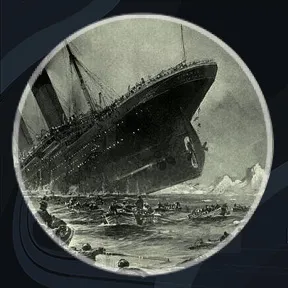The Great Lisbon Earthquake (1755)
The great Lisbon earthquake of 1755 was the first great natural disaster to strike the heart of a large European city.
The 1755 Lisbon earthquake, also known as the Great Lisbon Earthquake, was a devastating natural disaster that occurred on November 1, 1755 at around 9:40 am.
The earthquake, which had an estimated magnitude of 8.5-9.0 on the Richter scale, caused widespread destruction in Lisbon, Portugal, and triggered a tsunami.
The epicenter of the earthquake was located in the Atlantic Ocean, about 200 miles west of Lisbon.
The earthquake and tsunami resulted in the deaths of an estimated 60,000-100,000 people, making it one of the deadliest natural disasters in history.
The destruction caused by the earthquake and tsunami was so severe that it greatly impacted the city and the country as a whole, both economically and socially.
The majority of the city was destroyed, including most of the buildings, churches, and palaces.
The tsunami that followed the earthquake caused further damage along the coast and in the harbor, sinking ships and flooding the streets.
The disaster also caused a fire that burned for several days, which added to the destruction.
The earthquake also had far-reaching effects, as it was felt as far as Finland, and it caused changes in the water levels of wells in the Azores.
The disaster caused a fundamental shift in the way people thought about natural disasters and the role of God in them.
It also had a significant impact on the field of seismology and the study of earthquakes.
The reconstruction of Lisbon took many years, but the city was eventually rebuilt with new buildings and infrastructure.
The disaster also led to the creation of new institutions, such as the Royal Lisbon Hospital, which was built to provide care for the survivors of the disaster.
The 1755 Lisbon earthquake remains one of the most studied and remembered natural disaster in history, both for the scale of destruction and its impact on society, philosophy and science.
















































